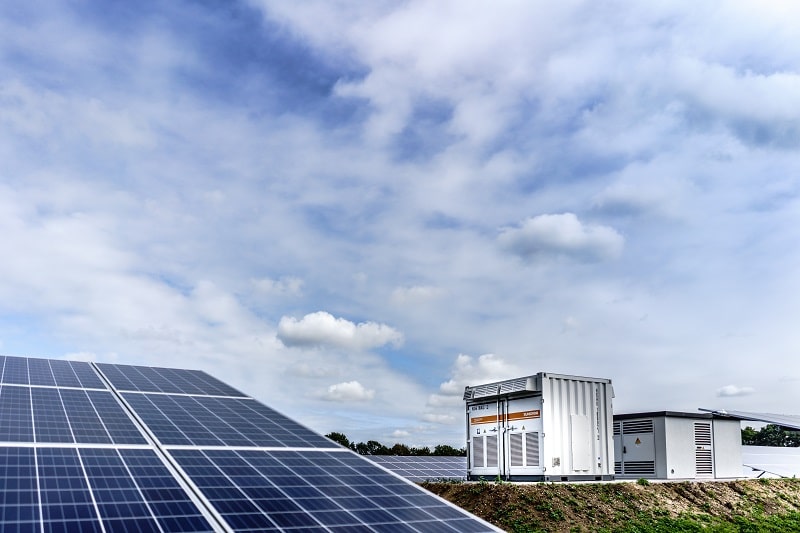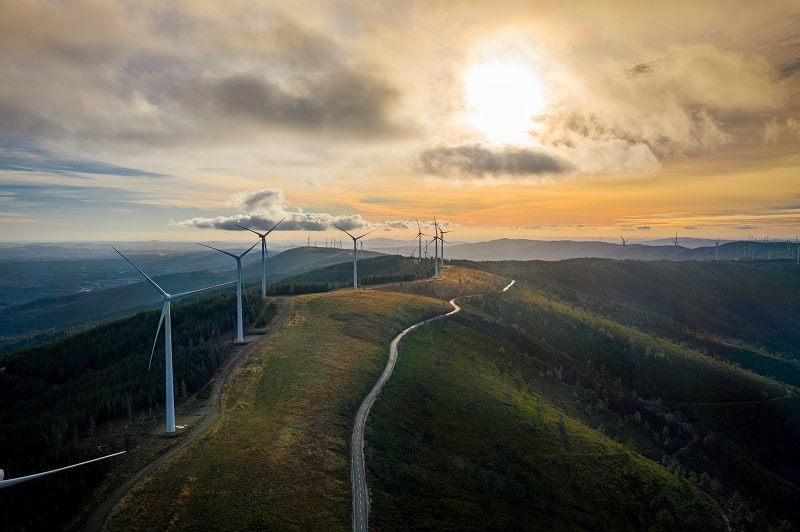Future Energy Trends: Bottlenecks and Predictions
The COVID-19 pandemic, global supply chain disruptions, several extreme weather occurrences, and a worldwide energy supply crisis typified by rising fuel and power costs continued to exert pressure on the world economy in 2021, although it began to recover. As 2022 gets underway, people and businesses should think about a few major themes that, in our opinion, will shape the global electricity and renewable markets.
The most significant trend in energy is by no means decarbonization. This trend is the transition to a clean, carbon-free future, mostly through increased usage of renewable energy sources and higher costs associated with using fossil fuels. Green electricity generation is frequently hailed as a big step toward energy decarbonization. Unfortunately, for the time being, fossil fuels continue to account for a sizable portion of the production of power in many nations, including the US, where they generate 60.3% of the nation's electricity. We must make additional progress toward renewable energy sources like wind, solar, and biofuels if we want the power to be emissions-free. Alone, this might prevent up to 7 million deaths annually due to air pollution and mitigate (or even reverse) the impacts of global warming.
Global energy demand grew faster than supply in 2021, creating a shortage of energy and driving up the cost of internationally traded fuels. With extraordinary volatility, gas and coal prices traded at record highs, and European carbon prices also reached new highs. Increased gas, coal, and carbon prices directly affected wholesale power prices. Wholesale electricity costs broke all-time highs in the third quarter of 2021, averaging €97/MWh in Germany and France and €118/MWh in Spain. At the same time, a major coal shortfall in China led to one of the most significant power shortages in recent memory.

It is not anticipated that the factors that caused the shortage of energy supplies in 2021 would change in 2022. Although it may lessen demand-side pressure, slowing economic and power consumption growth in China, the US, and other major economies will not be sufficient to solve the energy supply shortage. LNG liquefaction plants ran at or close to capacity in 2021. With the increased demand in Asia and Latin America, additional supply from recently built projects or facilities brought back online after maintenance or unplanned outages may struggle to keep up. The fallout from Moscow’s invasion of Ukraine will make already difficult situations worse. Coal shipments from Moscow have been damaged by sanctions on Moscow banks and actual difficulties caused by the war. Although no interruptions of gas supplies from Moscow to Europe have been noted, the war has increased the possibility of a stoppage and raised prices. Because of this, the global market for gas and coal will continue to be volatile and tight in 2022, which will be reflected in global power prices.
Additionally in 2021, because to supply chain disruptions brought on by the pandemic, prices for vital raw materials for wind and solar photovoltaics (PV) technologies soared by up to three times, increasing pressure on renewable costs. Since many raw material prices are predicted to stay 20–30% above 2019 levels through 2023, original equipment manufacturers for wind and solar energy systems are searching for solutions to streamline their supply chains to optimize growth and reduce costs. Likewise, levelized costs of electricity (LCOE) from solar PV and wind will probably rise due to continuing high raw material prices, at least through 2023. Costs for solar projects will rise further in India as a 40 percent extra premium on imported solar modules went into effect in April 2022, while in Europe, supply chain problems are anticipated to remain for the foreseeable future, particularly for offshore wind. In the long term, end-user sustainability awareness will influence supplier decisions and encourage alternative supply chains that increasingly emphasize circularity and recyclable materials.

The global buildout of renewable energy is anticipated to continue steadily in 2022, despite supply chain constraints and rising raw material prices. It is true that renewables frequently stay less expensive than thermal alternatives (at least in terms of energy costs), that there are an increasing number of climate and renewable laws, that certain areas' power market changes are opening new avenues, and that the drive-by numerous businesses to purchase clean energy is opening new prospects for the commercialization of renewables.
Infrastructure issues will become more significant as the use of renewable energy increases. For instance, the aim for renewable energy in Europe is seriously jeopardized by local opposition to the construction of green infrastructure. Transmission is also becoming more significant since wind and solar resources are often positioned further distant from load centers. Transmission policy is a primary concern for the Federal Energy Regulatory Commission, and the Department of Energy has started the "Building a Better Grid" campaign in the US to encourage the construction of long-distance, high-voltage transmission lines. During this time, supply security and grid dependability have been brought to the center of policy discussions due to the global energy supply crisis and the significant weather-related power supply interruptions of 2021 caused by climate change. The unpredictability brought on by more wind and solar penetration is also putting pressure on the dependability of the electricity grid, particularly as climate change brings forth more extreme weather.
In 2021, the demand for biofuel increased from pandemic lows to over 155 billion liters, which is close to 2019 levels. Demand is anticipated to continue increasing, by 5% in 2022 and 3% in 2023. However, the consequences of Moscow’s invasion of Ukraine have caused the world to revise earlier projections for the rise of biofuels in 2022 by 20%. Since biofuels are blended with gasoline and diesel, a large portion of the downward revision is due to a slowing in transportation demand, which has been slowed by several factors including rising inflationary pressures, weaker global economic growth, and mobility restrictions related to COVID in China.
